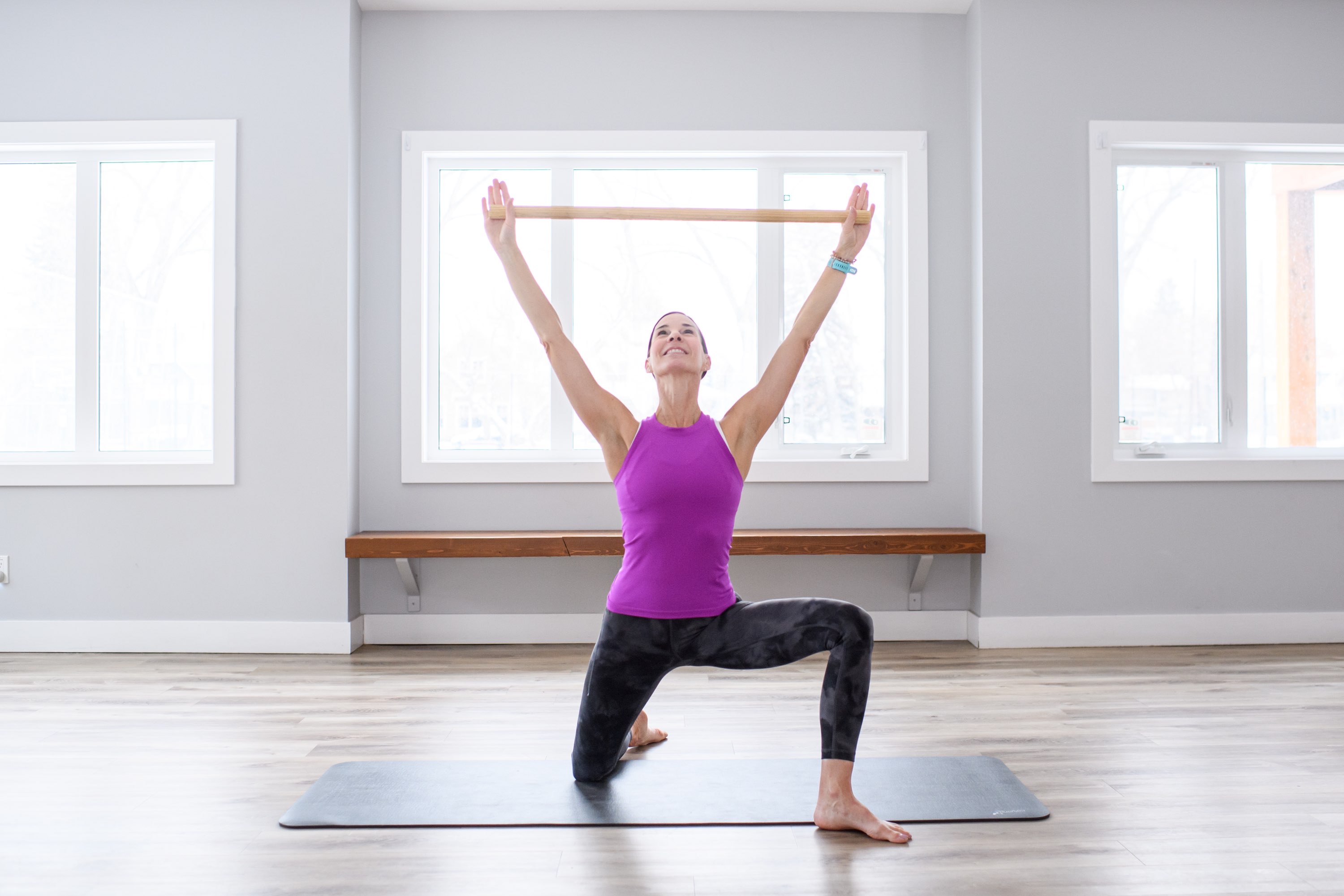Are you ready for downhill-skiing & snowboarding season?
- Christy Hayne

- Sep 21, 2020
- 2 min read

When we ski, three major muscle groups work to keep us balanced and aligned:
1. Quads - they help us hold a squat position
2. Gluteals - they help us stabilize the legs and assist with balance
3. Abdominals - they help us to balance and reduce strain on the back.
Our Pilates ski-conditioning workouts (which will be available to view at the end of September) are focused on strengthening these 3 major muscle groups, and on preventing injury. Skiers run the risk of many injuries, especially those involving the knees, particularly tears of the ACL/MCL and meniscus. Skiing requires twisting from the waist but too often that rotation is transferred to the knees, especially once larger muscles become fatigued. As a result, knee joints take on excessive pressure that could result in a tear of knee ligaments.
With proper strengthening of the quads (and hamstrings), we can help achieve proper tracking of knees over toes. Strong hamstrings help balance overused quads and thus can also provide support for the ACL.
Exercises strengthening adductors can also help a skier recover from catching an edge and keeping the ski under the centre of the body.
Exercises:
A. Keep the twist out of the knees by doing 'Criss-Cross' and 'Spinal Rotation' (supine and seated). We need to access our rotational power through our obliques in a dynamic, fluid manner. Think about mogul skiing....the hips rotate while the upper body stays quiet and still; our navel stays square to the hill. The counter-rotation of the hips initiates our turns.
B. Engage the Abdominals to save your back - recruit your Transverse Abdominus (TVA) Skiing requires a hip hinge and a lean forward over boots, which engages our back extensors. By adding 'Plank' and 'Leg Pull Front' to your workouts, you are strengthening all your powerhouse muscles for proper core stabilization.

C. Protect your knees with 'Lunges'. Strong quads and hamstrings help us keep our knees aligned. Strong legs are vital to the balance and support needed for skiing. We want to always be aware our knees are tracking our feet correctly and not rolling in or out.
D. Keeping our skis in line with adductors. Working our adductors through our 'Side-lying Leg Series' means we also strengthen our outer hip, legs and obliques, which in turn, help us keep our skis underneath us and not splay our legs apart.
Snowboarding demands tremendous balance created by a strong powerhouse/core stabilization muscles.
Shifting the weight forward to the toe edge, and back can mean foot cramps, so it's important to focus on ankle mobility. Pointing and flexing the feet in class can help strengthen ankles and stretch the muscles and tendons in the feet. Strengthening our calves can be done by incorporating some bridge work in ‘releve‘ position/on the balls of the feet. We can further expand on this by adding some balance work, such as squeezing heels together 1 inch off the floor while standing.
I wish you all a happy & safe ski season!
Christy




Comments